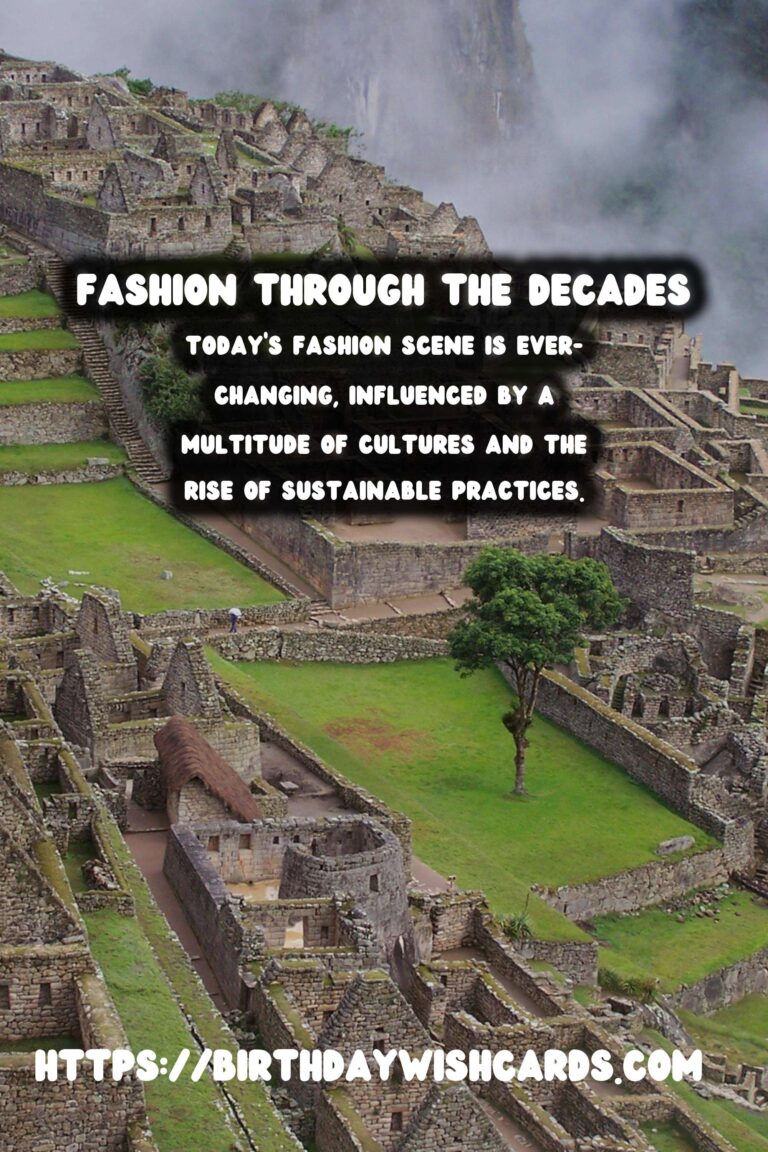
Embark on a journey through time by exploring the transformative world of historical fashion. From the opulent silhouettes of the Baroque period to the bold, daring styles of the modern era, fashion has reflected cultural and societal changes. Let’s uncover the fascinating evolution of clothing and style throughout the decades as seen in museum exhibits worldwide.
The Renaissance Era: A Revival of Classical Elegance
The Renaissance period, starting in the late 14th century, was a time of cultural rebirth and art flourishing. Fashion echoed this theme with an emphasis on symmetry, balance, and a renewed interest in classical styles. Rich, heavy fabrics like velvet and brocade were common, often embellished with intricate embroidery and jewels.
Men’s fashion saw the rise of doublets and hose, while women’s attire was characterized by long flowing gowns with high waistlines and elaborate headgear. Museums today exhibit these garments as works of art, showcasing the detailed craftsmanship and innovation of the era.
Baroque and Rococo: Extravagance and Ornamentation
As we move to the Baroque and Rococo periods of the 17th and 18th centuries, fashion became even more ornate. The Baroque period was all about grandeur and extravagance. Silks and satins predominated, and men’s and women’s fashion featured dramatic sleeves, collars, and lace trimmings.
During the Rococo era, fashion became lighter and more playful with pastel colors and floral patterns. Petticoats and hoop skirts added volume to women’s fashion, while men sported lavish coats with gold embroidery. Museums provide insight into this ostentatious period, allowing visitors to appreciate the sheer artistry involved in fashion design.
The Victorian Era: Modesty and Sophistication
The 19th century Victorian era marked a shift towards modesty and refinement. Clothing styles were heavily influenced by Queen Victoria’s tastes, emphasizing high collars and long skirts. Corsets were a staple in women’s fashion, creating an iconic hourglass figure. Men’s fashion was more conservative, with dark suits and frock coats.
Reproductions of Victorian clothing in museums illustrate the societal norms of propriety and the industrial advancements that allowed for more intricate designs and patterns to be produced efficiently.
The Roaring Twenties: A Decade of Liberation
The 1920s were a revolutionary time for fashion, as it became more accessible and expressive. The flapper dress epitomized the ’20s, with its loose fit, raised hemlines, and beaded embellishments. Women embraced shorter haircuts and less restrictive clothing, symbolizing newfound freedom and modernity.
Men’s fashion also adapted, featuring baggier trousers and less formal suits. Museums dedicated to this decade highlight the bold and carefree spirit that the fashion industry embraced, reflecting the rapidly changing societal landscape.
The 1950s and 60s: Pop Culture and Innovation
Post-war optimism defined the fashion of the 1950s and 60s, with designers like Christian Dior introducing the New Look, characterized by cinched waists and full skirts. The 60s saw the rise of youthful and rebellious styles, inspired by pop culture icons. Miniskirts, bold patterns, and brightly colored synthetic fabrics became the rage.
Museum exhibits from this era demonstrate the fusion of technology and fashion, as well as the influence of music and celebrity culture on everyday attire.
The Modern Era: Diversity and Sustainability
Today’s fashion scene is ever-changing, influenced by a multitude of cultures and the rise of sustainable practices. The modern era embraces diversity and inclusivity, with styles ranging from minimalist to avant-garde. The fashion industry is increasingly addressing sustainability, pushing for eco-friendly materials and ethical manufacturing processes.
Contemporary museum exhibits often focus on these themes, exploring how today’s designers blend tradition with innovation to create the future of fashion.
In conclusion, visiting a fashion museum offers a captivating look at how clothing has evolved over centuries. Each exhibit, with its intricate designs and historical context, tells a story of the past. Fashion is not merely about clothing; it is an art form that reflects the complexities of its time. Witnessing these changes through museum exhibits allows us to appreciate the artistry and cultural significance that historical fashion represents.
Embark on a journey through time by exploring the transformative world of historical fashion. Today’s fashion scene is ever-changing, influenced by a multitude of cultures and the rise of sustainable practices. 
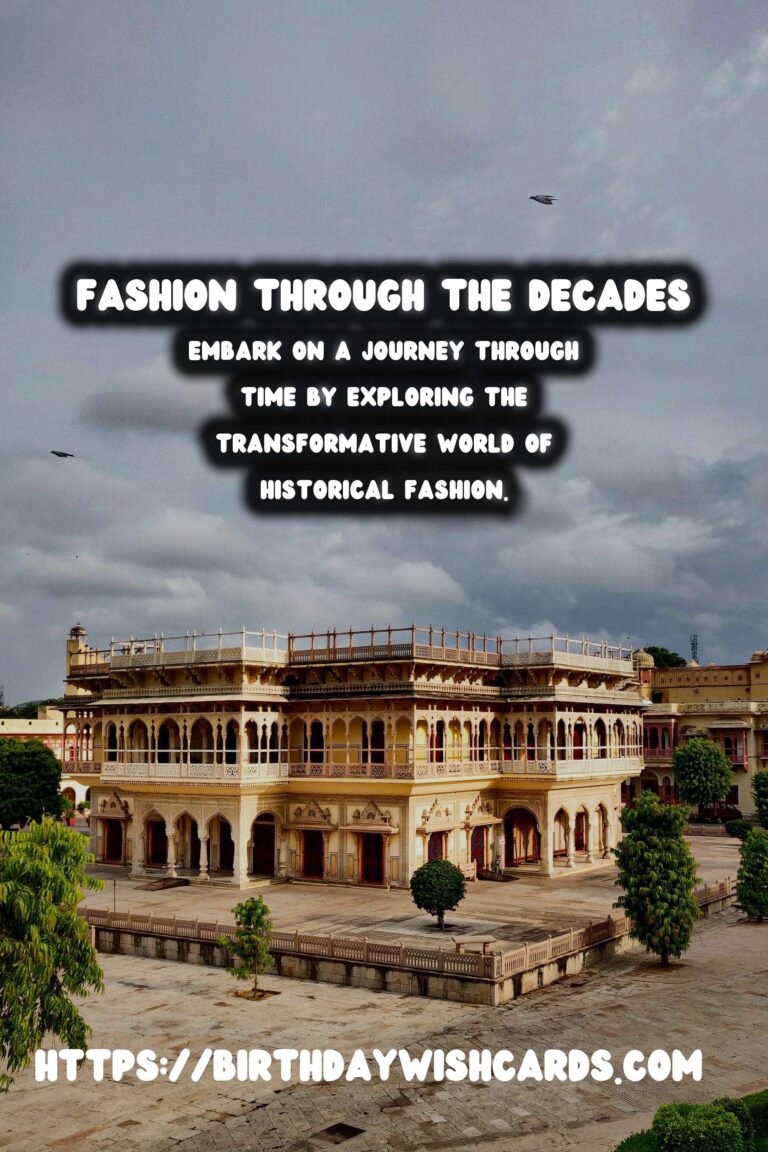
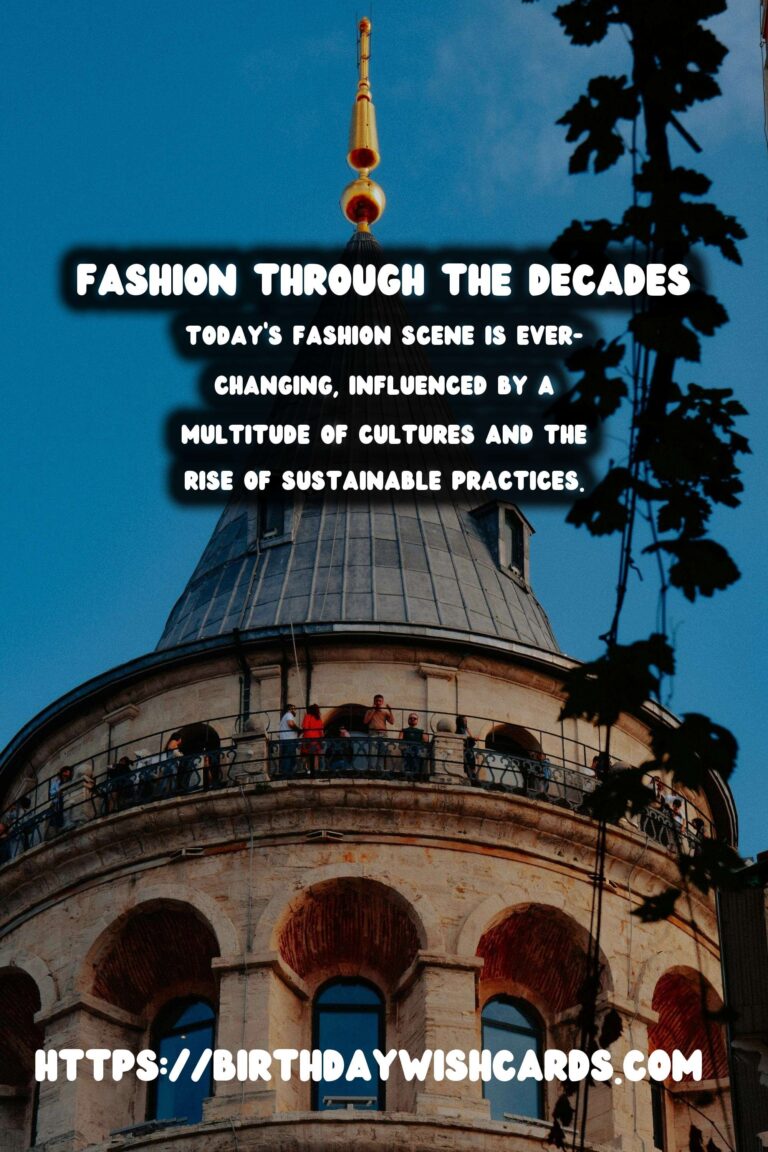
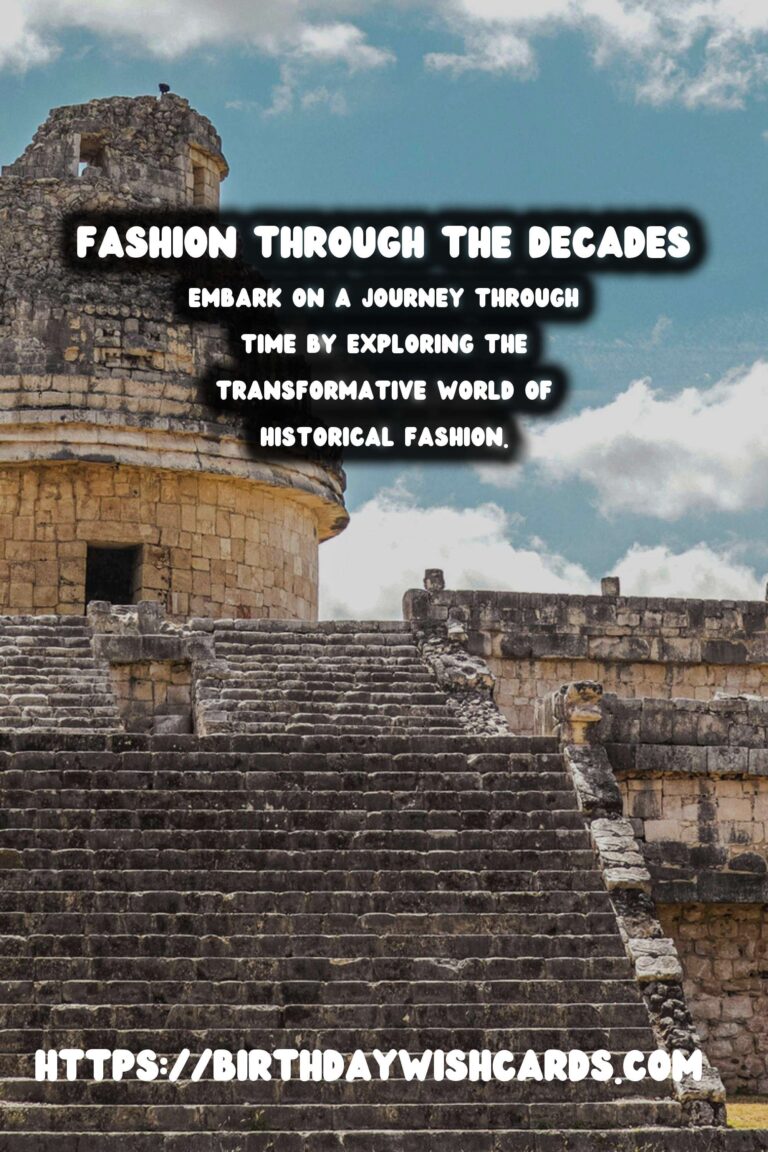
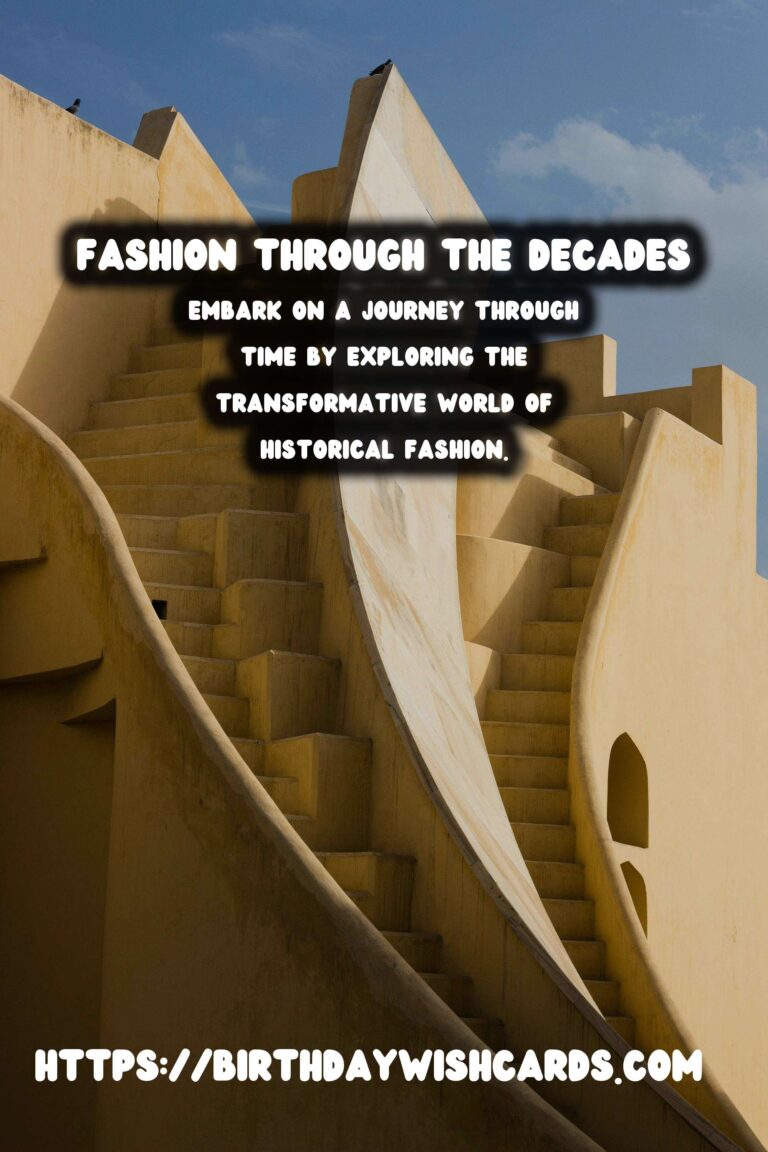
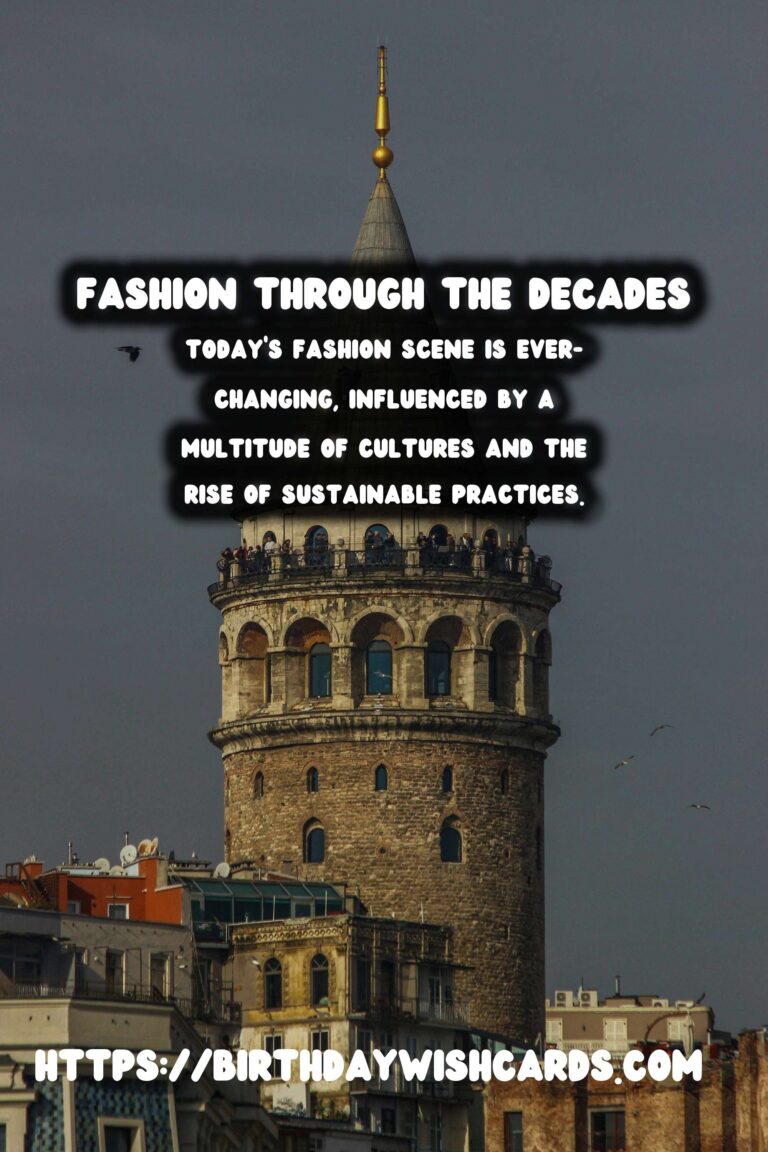
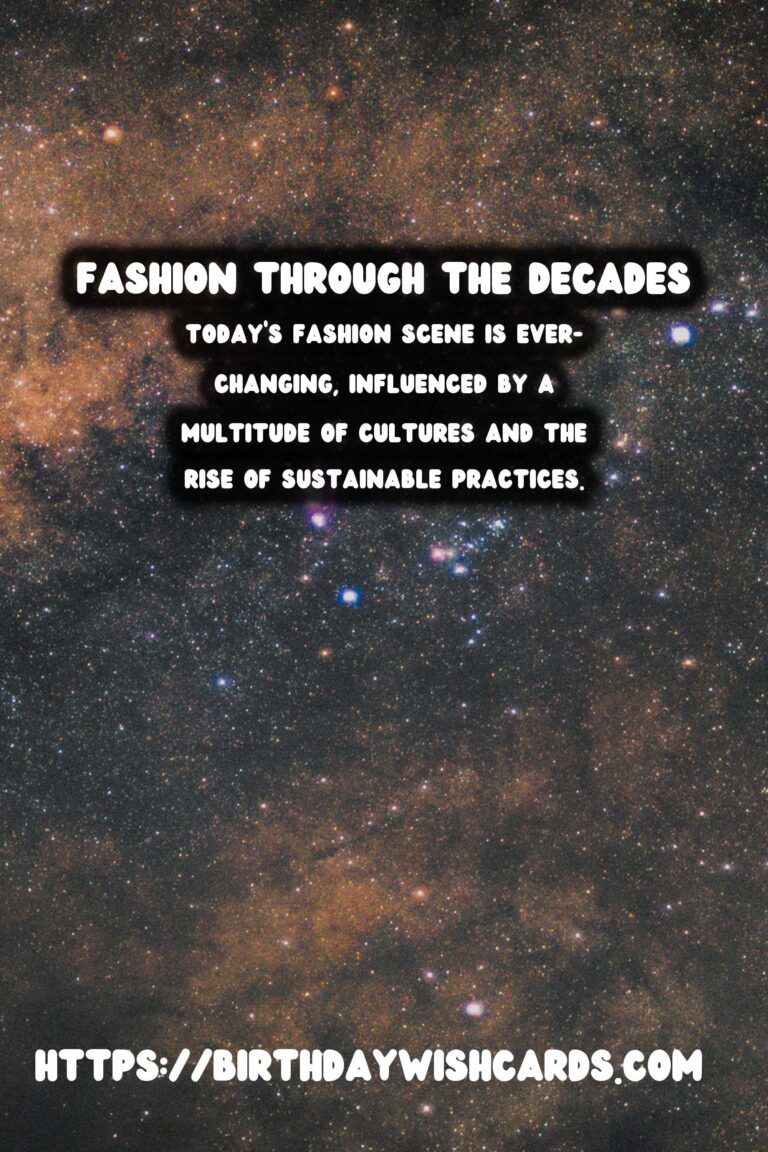
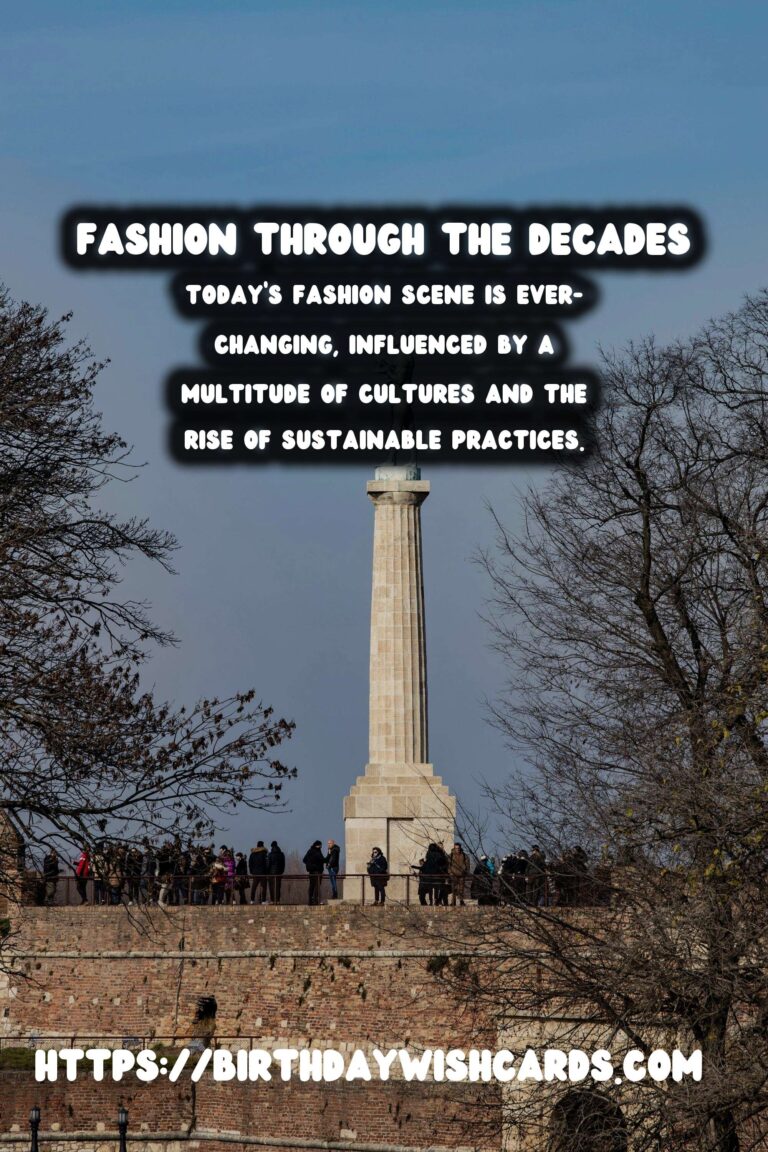
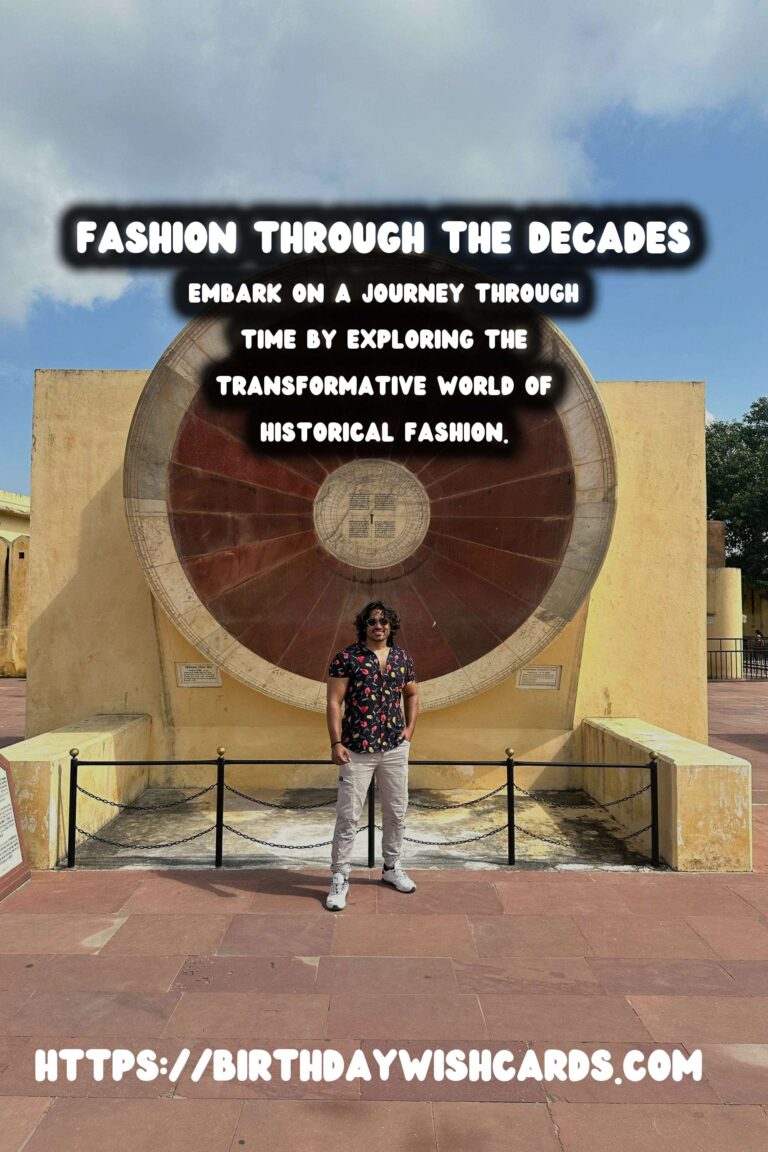
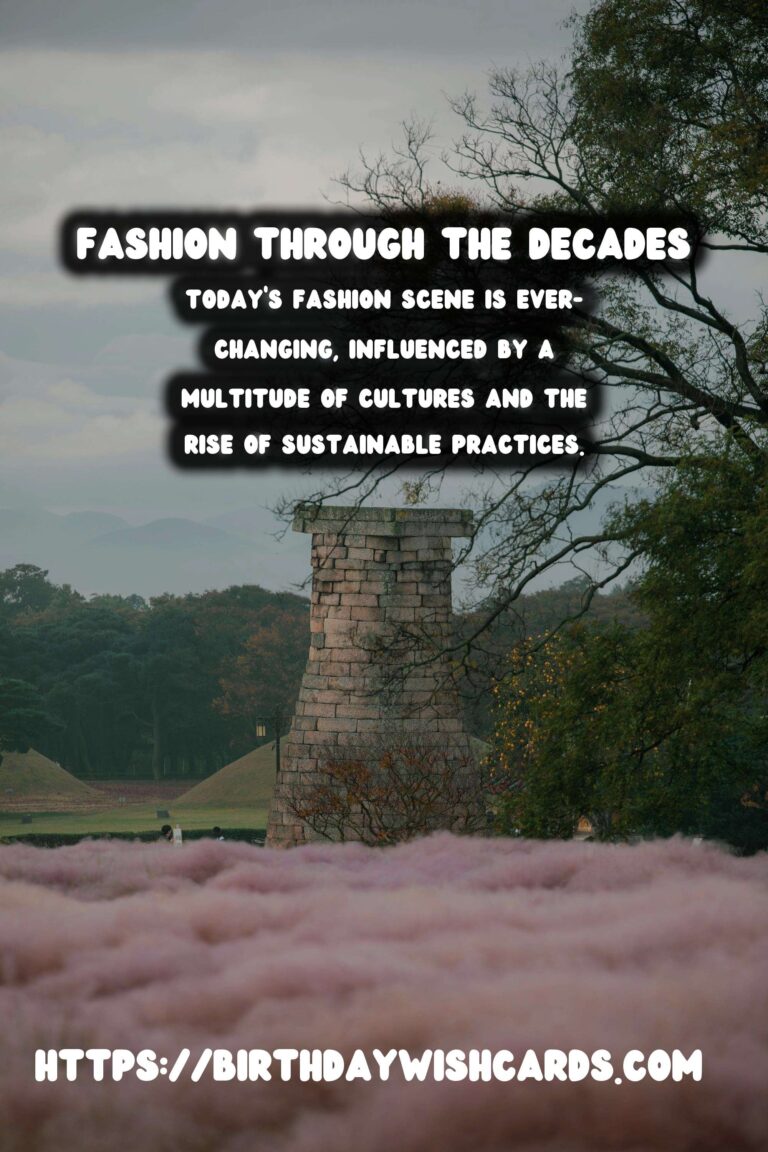
#HistoricalFashion #MuseumTour




